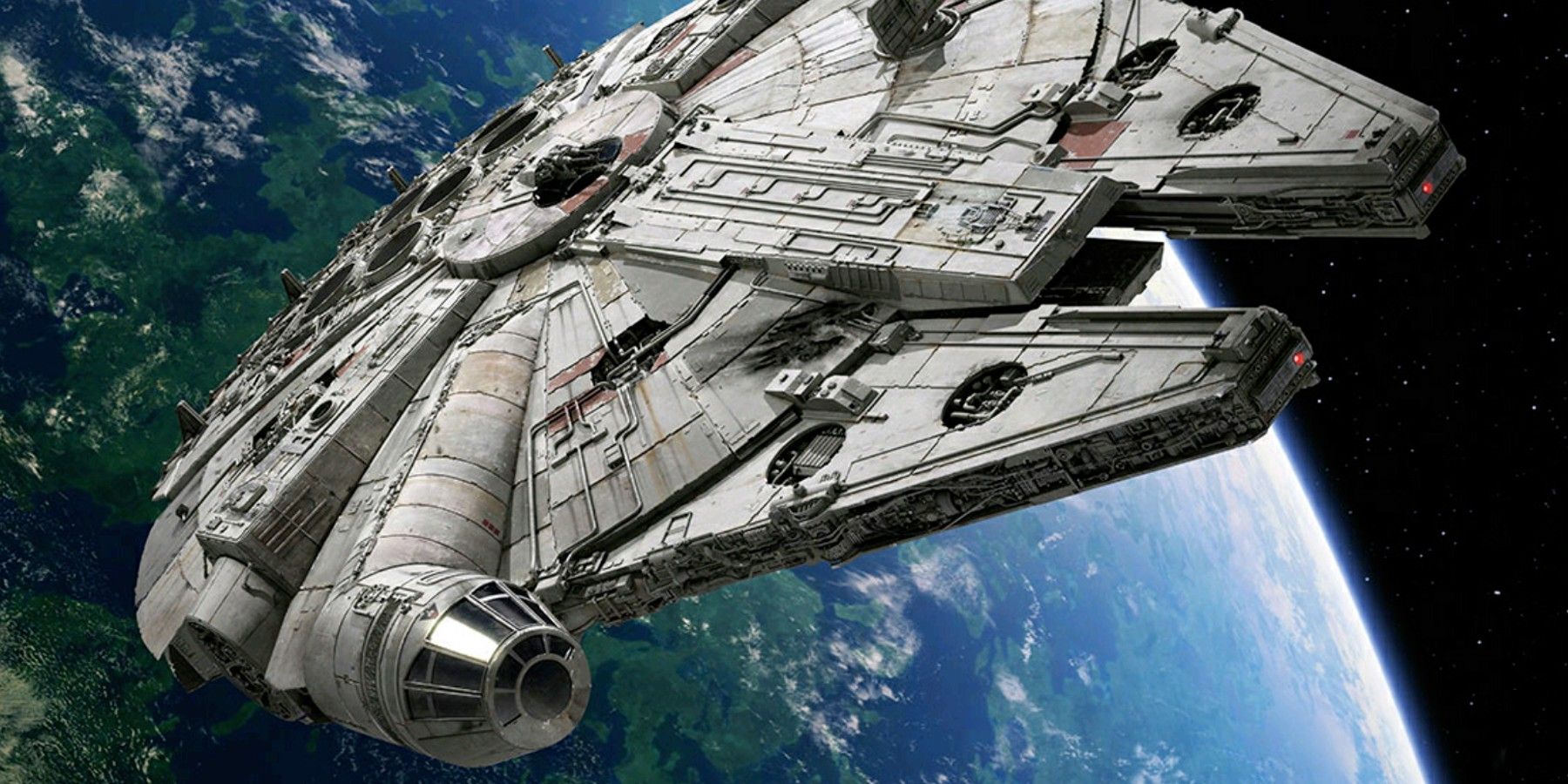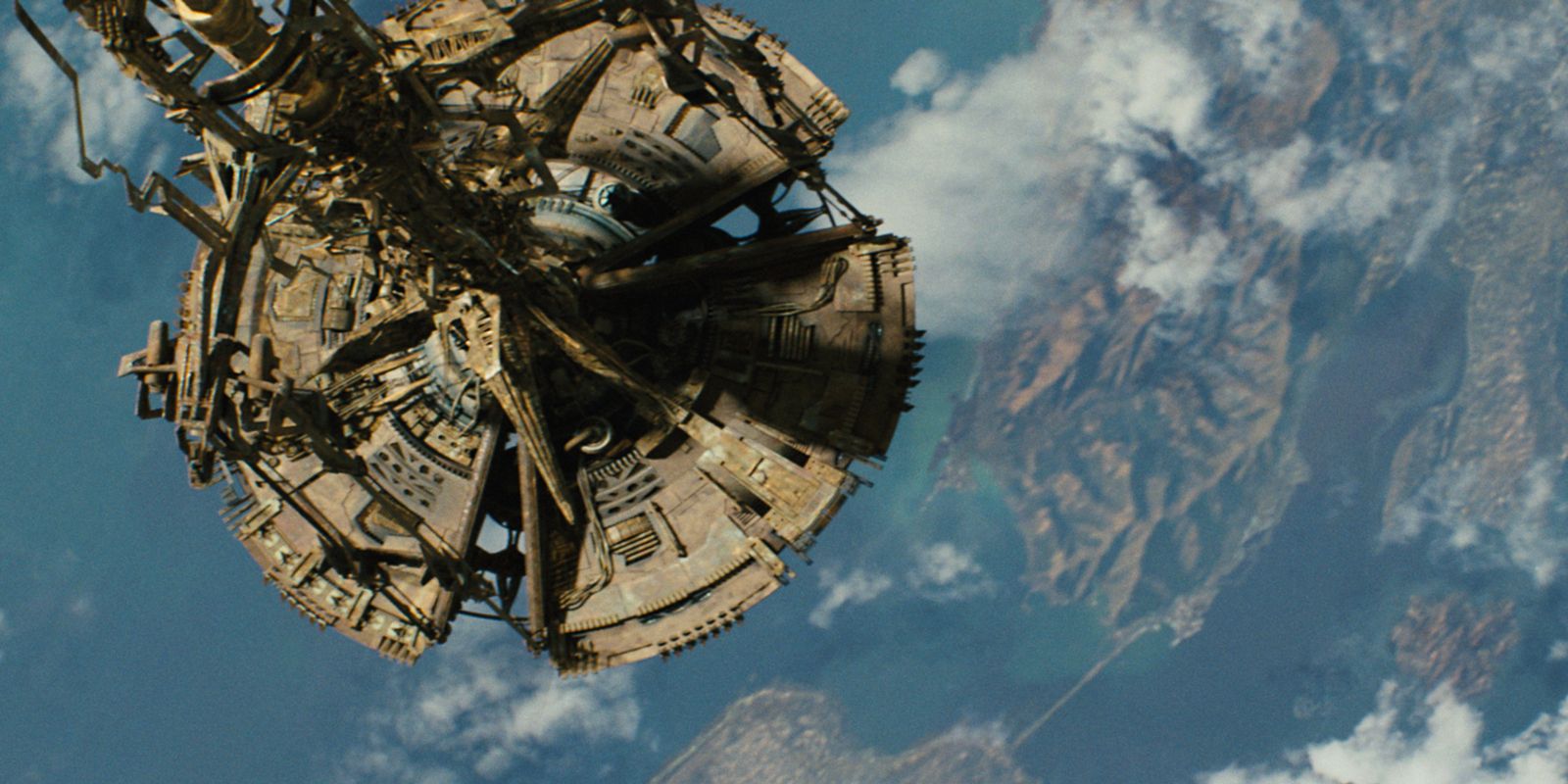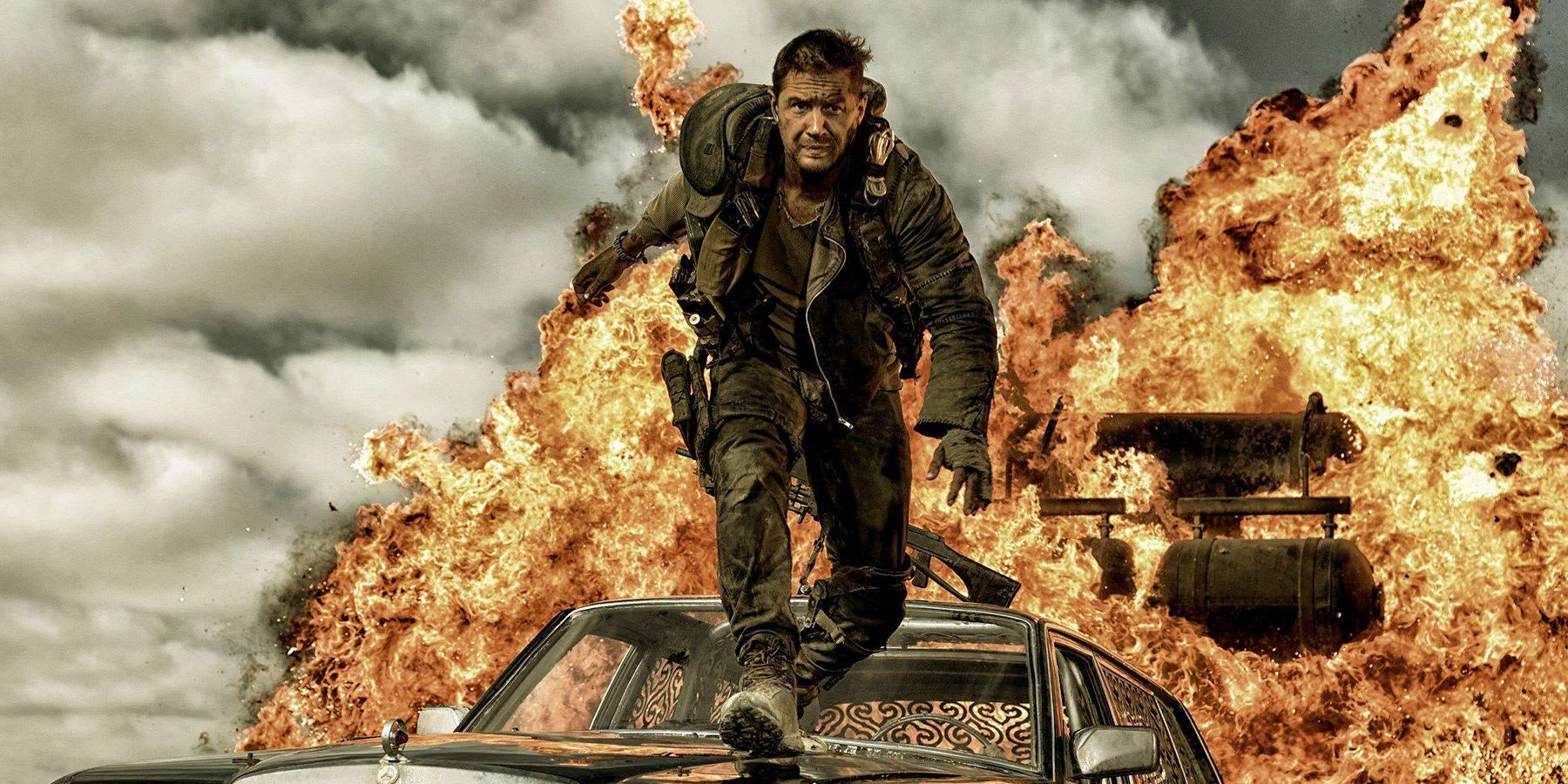In a 2010 interview for Entertainment Weekly, James Cameron made a bold claim about the technology that made Avatar possible. The director stated that such technology could be used to make another Dirty Harry movie, “where Clint looks the way he looked in 1975”. More than a decade later, no such sequel has materialized — in fact, many fans have been put off by the prevalence of CGI, calling for a return to the practical effects that made movies like Jurassic Park timeless. While practical effects are still an essential part of the filmmaking process, there is still much that CGI can provide; indeed, the best sci-fi movies generally rely on a combination of both practical and digital effects to achieve their magic.
Practical effects have been a part of film almost since its inception. To create an otherworldly setting in his 1902 short film A Trip to the Moon, director Georges Méliès relied on techniques that are still in use today, including miniaturized sets, fanciful costumes and props, and cutting-edge editing methods. Practical effects can be as simple as the split screen that allowed two versions of Marty McFly to appear together in Back to the Future Part II or as complex as the animatronic dinosaurs of Jurassic Park. Before CGI, filmmakers used traveling mattes (the progenitor of digital composition, with its ubiquitous green screen) to compose separate shots, enabling movies like the original Star Wars trilogy, in which miniature spaceships fly over filmed landscapes.
While there is much that practical effects can accomplish on their own, the evolution of digital processes used in post-production have supercharged their potential. For instance, behind-the-scenes footage of the stunts performed in Mad Max: Fury Road appear much less impressive without the bright yellow tones in which the final film has been bathed. Similarly, viewers who managed to see The Empire Strikes Back before George Lucas began retooling his original trilogy for ‘Anniversary Edition’ releases will remember the thick black lines that traced the AT-AT walkers as they traversed the contrasting white landscape of Hoth. Those lines (along with other relics of pre-digital production) were removed digitally, along with the blur of Vaseline under Luke’s speeder in A New Hope.
In Star Trek, practical effects were used to provide the actors with similar conditions to those which their characters would experience on a platform high above the Vulcan planet. Although the platform and the planet were digital, actors still had to contend with high winds, lending veracity to their performance. This balance demonstrates the most common use of CGI: placing real actors inside digital environments. While most viewers probably associate the digital effects in Avatar with the many fictional species of flora and fauna native to Pandora, the movie also includes copious CGI’d shots of Earth-like ecology, including computer-generated waterfalls flowing over digital cliffs, below digital mountain fragments.
Avatar also represents another important aspect of CGI: the generation of digital characters. The most successful CGI-heavy movies rely on verisimilitude, and the best digital characters are still supported by strong actors. Andy Serkis proved himself a superstar by infusing depth and subtlety into characters like Gollum and Kong. Moreover, his performances as fully-digital characters proved that there was still a place for actors in a CGI future. Indeed, CGI offers filmmakers the ability to significantly alter characters’ faces without limiting their range of expression, unlike such practical effects as prosthetics. Well might audiences wonder what the point was of casting such a talent as Colin Farrell in The Batman (besides to let Colin Farrell be in a superhero movie), when the layers of latex the role required cover up the essential instrument of his craft. Digitally altering his face, on the other hand, might have capitalized on his power of expression, rather than hiding it altogether.
In this era, it may be tempting for studios to incorporate CGI, as digital tools become less costly and more efficient for production. But the best CGI continues to be that which builds on at least some measure of practical effects, incorporating enough elements of reality to lend truth to the fiction. Certainly, CGI has evolved to deliver seamless effects even in films that do not include futuristic settings or fantastical concepts: the heads of stunt doubles and stand-ins can be more effectively replaced with actors’ likenesses than ever before. Expensive location shoots, too, might soon be a thing of the past, as digital scenery is incorporated into dramas and historical films. Yet the performances of actors will remain a necessity, as digital characters rely on the movements and expressions of real people.
So what is the best balance of practical effects and CGI? The answer is one that applies to most aspects of filmmaking: whatever is needed to tell the story. The CW’s The Flash has often received criticism for its low-budget effects, yet the show still chose to incorporate effects-heavy storylines from the comics, such as the appearance of King Shark. Fans did not mind — just as fans did not mind the black lines in the Star Wars trilogy. The films were still heralded as marvels of science fiction, giving viewers the opportunity to see spaceships and aliens and lightsaber battles. Audiences will continue to turn out for good stories told well, regardless of effects budget.



